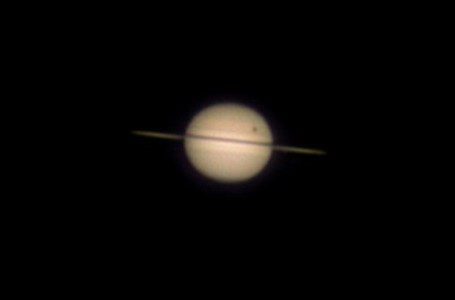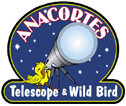I am yet to see an astrophoto that can be favourably compared to what can actually be seen at the eyepiece. The most striking are pictures of Milky Way that look more like those of a firework. It is obvious that the faintest parts of, say, faint nebula stand out much more in a photo, but the brightest parts are [ almost ] always overexposed and void of detail. The human eye has much wider dynamic range than film or CCD. My challenge is: why don't you, sophisticated astro-imagers, try to mimic the visual perception?
The most obvious way would be to make a composite image where the brightest parts are taken from a shorter exposure, and the faintest parts from long exposure are played down to some reasonable level so that they don't jump on you. Also colours should be corrected - no red!
Modestly,
Dmitri
The most obvious way would be to make a composite image where the brightest parts are taken from a shorter exposure, and the faintest parts from long exposure are played down to some reasonable level so that they don't jump on you. Also colours should be corrected - no red!
Modestly,
Dmitri


